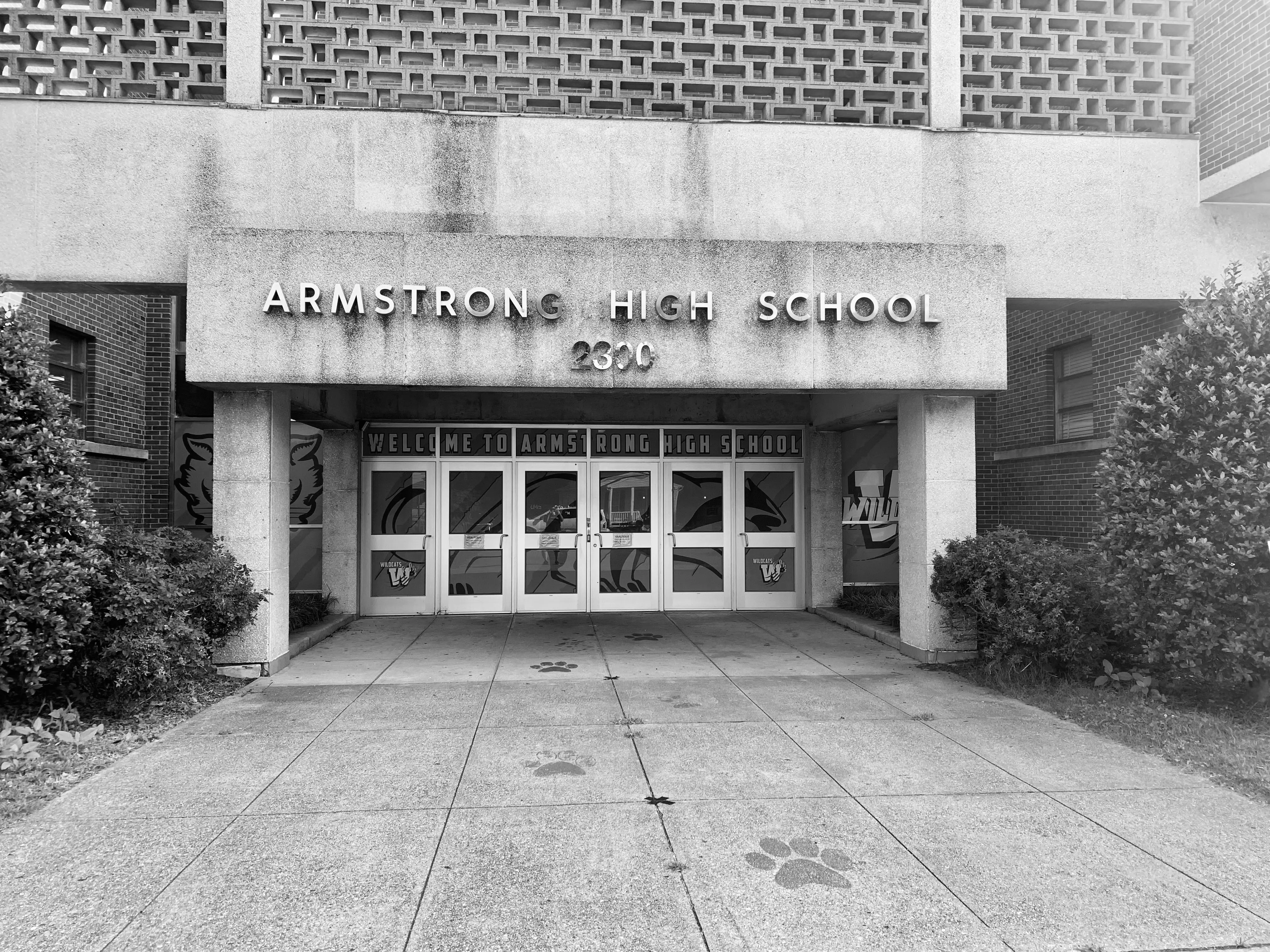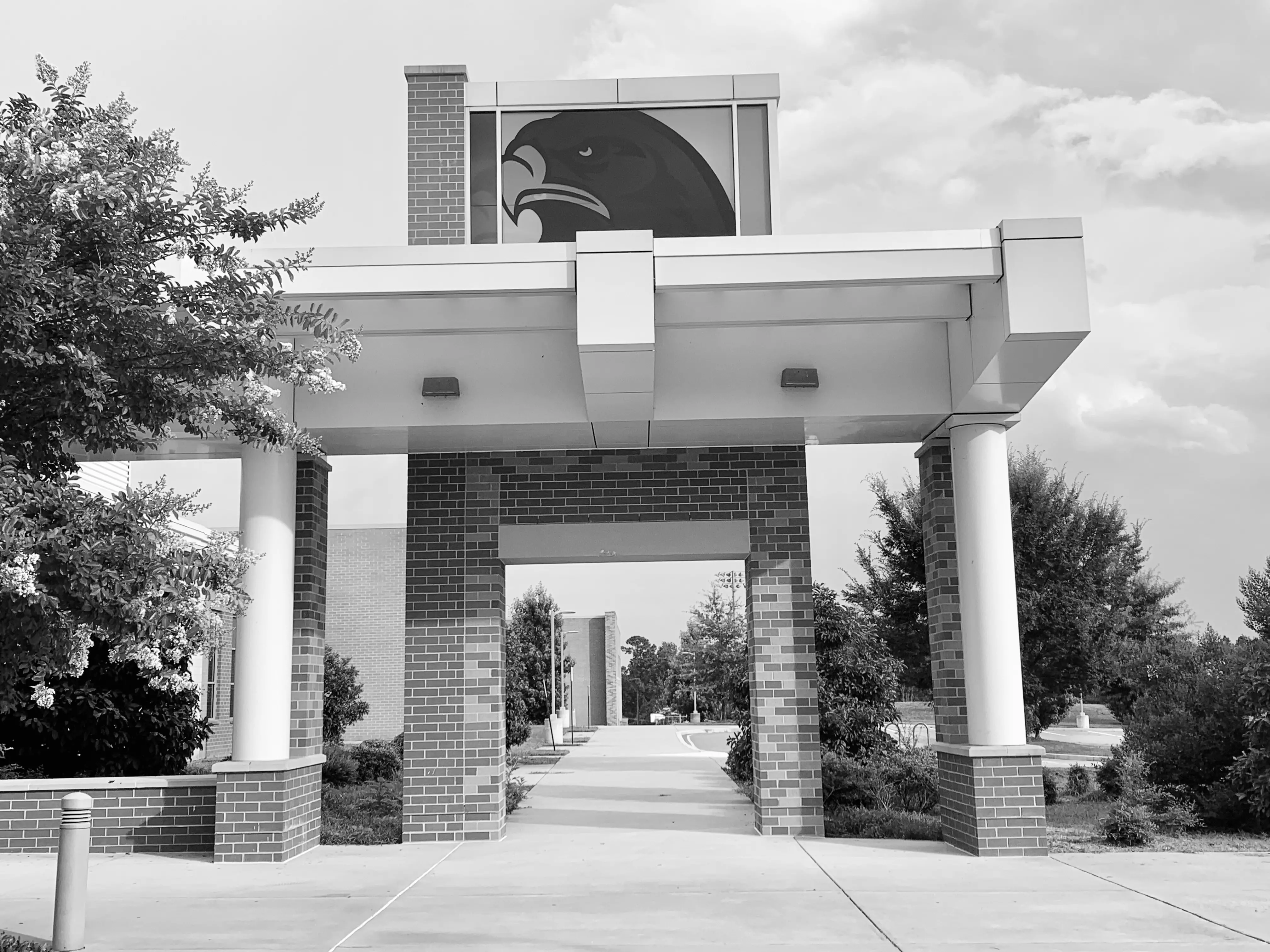
It was a little more than 10 years ago when a middle school student sat in the back of her history class in Richmond, Virginia. The subject: slavery. Today the class takes part in a mock slave auction, and all the Black students will have to participate. The Black students are called to the front of the class as their teacher shouts the N-word and mimics an auctioneer, yelling different prices for each Black body.
Nadia Greene, a 2017 graduate of Richmond Public Schools (RPS), remembers the history lesson like it was yesterday. While she recalls how uncomfortable this made her and her classmates feel, she also remembers not fully understanding how inappropriate the lesson was until a few years later.
“He [the teacher] ended up losing his job about four years later but not because of the inappropriate class activities,” Greene said. “Another striking thing about it is that it wasn’t until I was in high school that we all sat and thought about how crazy it was that our white history teacher used his Black students for mock slave auctions and paper bag tests.”
Since the ruling in the landmark court case Brown v. Board of Education, students across America learn with students who do not come from the same racial backgrounds as themselves. While the demographics of classrooms have changed, the discrimination minority students experience within the classroom has not, RPS teachers say.
“African Americans have been the dominant population in RPS for years, but these students receive the least amount of respect and grace when they commit infractions,” an RPS high school counselor said.
RPS is made up of 25,015 students, and 69 percent of the students are individuals of African descent.
Schools in Richmond suspend Black students at four times the rate of white students, which exceeds the national average, according to the Richmond-Times Dispatch.
In addition to being punished more frequently than their white classmates, Black RPS students are forced to deal with teachers who do not believe they can perform within the classroom setting.
“White teachers will say little things like 'he can't learn, I've been trying with him, and he just can't learn, Ms. Nichols. I've done all I can do with him. He just can't learn,' and I just think all children can learn,” said Ivy Nichols, who taught in RPS for 23 years.
Mistreatment of students from low-income households
Black residents in Richmond make up 46.9 percent of Richmond’s population, and 23.2 percent of this group lived below the poverty line in 2019, according to the United States Census Bureau.
Teachers and staff members from eight different RPS schools (three elementary schools, three middle schools, and two high schools) were surveyed by the Pulitzer Center on the prevalence of racism within the city of Richmond.
Of the 85 RPS teachers and staff members who responded to the survey, 55.3 percent of this group indicated that students who come from low-income neighborhoods are stereotyped and labeled negatively by staff members.
“Sometimes the comments that get made are things like the parent won't show up to conferences or an IEP [Individualized Education Program] meeting unless you mention that their welfare will be taken away,” said Elizabeth Wait, a biology teacher at Armstrong High School.

Teachers recall hearing their colleagues make comments that suggest the parents of students who reside in low-income neighborhoods are only focused on ways to secure certain benefits rather than the well-being of their child.
“Recently, I’ve heard teachers say that some parents may be encouraging their daughters to get pregnant so that they can secure public housing because they don't want them to live with them after age 18,” continued Wait. “It's uncomfortable to hear comments like this as though it's like this widespread issue that explains everything going on.”
With many Black residents in Richmond living below the poverty line, some of these students have been publicly embarrassed by staff members despite having no control over their family’s financial circumstances.
“I’ve seen a cafeteria worker take a tray out of a Black student's hands in front of everybody and tell them 'You don't have enough money in your account,' but the white kids who come through the line can just say, “Oh, my mom will send a check at the end of the week” and that's okay,” said Kimberly J. Johnson, a language arts teacher at Martin Luther King Middle School.
Despite statistics and the numerous claims of staff and students experiencing racism in RPS listed on the Instagram page “Black @ RPS,” one RPS teacher says minority students receive special treatment due to their circumstances.
“We give them too many passes based on where they come from,” one respondent said anonymously. “The world isn’t fair, and we are hurting them in the end. They are spoiled and entitled which ends up being a bigger barrier after high school.”
Discrimination against Latinx students
While efforts have been made to shed light on the continued mistreatment of Black RPS students, five teachers who were surveyed by the Pulitzer Center said that in schools with higher populations of Latinx students these individuals experience racism more frequently.
“I have seen how Latinx students are excluded by other students and staff and how they are treated with prejudice and racism,” said one RPS teacher who responded to the survey. “I have also seen discrimination against Latinx staff in RPS. There are major differences in how Hispanic Heritage Month is celebrated (or not celebrated) and Black History Month.”

In 2013, 51 Latinx students, parents, and activists protested across the street from Huguenot High School (whose student body is 27 percent Latinx), because these students were continuously singled out for searches threatened with deportation, according to Style Weekly.
One RPS teacher witnessed how their colleagues’ discriminatory remarks about students have influenced the children's interaction with their peers.
“I've had colleagues say that a lot of Latinx students are in gangs,” Johnson said. “Then you hear the kids overhear what these teachers are saying, so then the kids turn around and they start asking the other students if they are a part of gangs.”
Along with students beginning to ask their peers questions based on conversations they overheard, students have also changed how they interacted with their classmates based on their teachers’ opinions.
“Now this same child was treating the Latinx student fine, but suddenly, they know that he may have some affiliation with a gang or something,” continued Johnson. “Now, all of a sudden, he's treated differently, but you realize that the kids weren't thinking about these things until they overheard adults speaking about it.”
Solutions to the problem
Although many teachers within this district are unsure how to completely remedy the problem of discrimination within this school system, others believe it may help when interviewing teacher to include questions related to racial bias.
“I think some questions need to be put in the interview regarding race. A lot of times when you're interviewing with somebody, you can tell how they feel about prejudice and racism. I have asked teachers how they feel about working with our specific group of children in the past,” Nichols said.
“These teachers will say things like 'all children are the same to me.' I think that more questions should be put in the interview package and more observations of new teachers need to be conducted,” continued Nichols.
One RPS teacher believes that not having a relationship and an understanding of the community that the school serves is a contributor to the stereotyping and discrimination that occurs in the classroom.
“The problem is we can't we don't interact with the community enough,” Wait said. “Getting parents involved, getting community engagement has always been a huge struggle.”
Ensuring that both teachers and administrative staff create a bond with their school’s surrounding community will help create a pathway to halting racism in the classroom, one high school teacher says.
“There's got to be a way to get the schools and the communities to work closer together and not just at the administrative level, but like the teachers themselves need to have more interaction with the community in order for some changes to be made,” Wait said.






